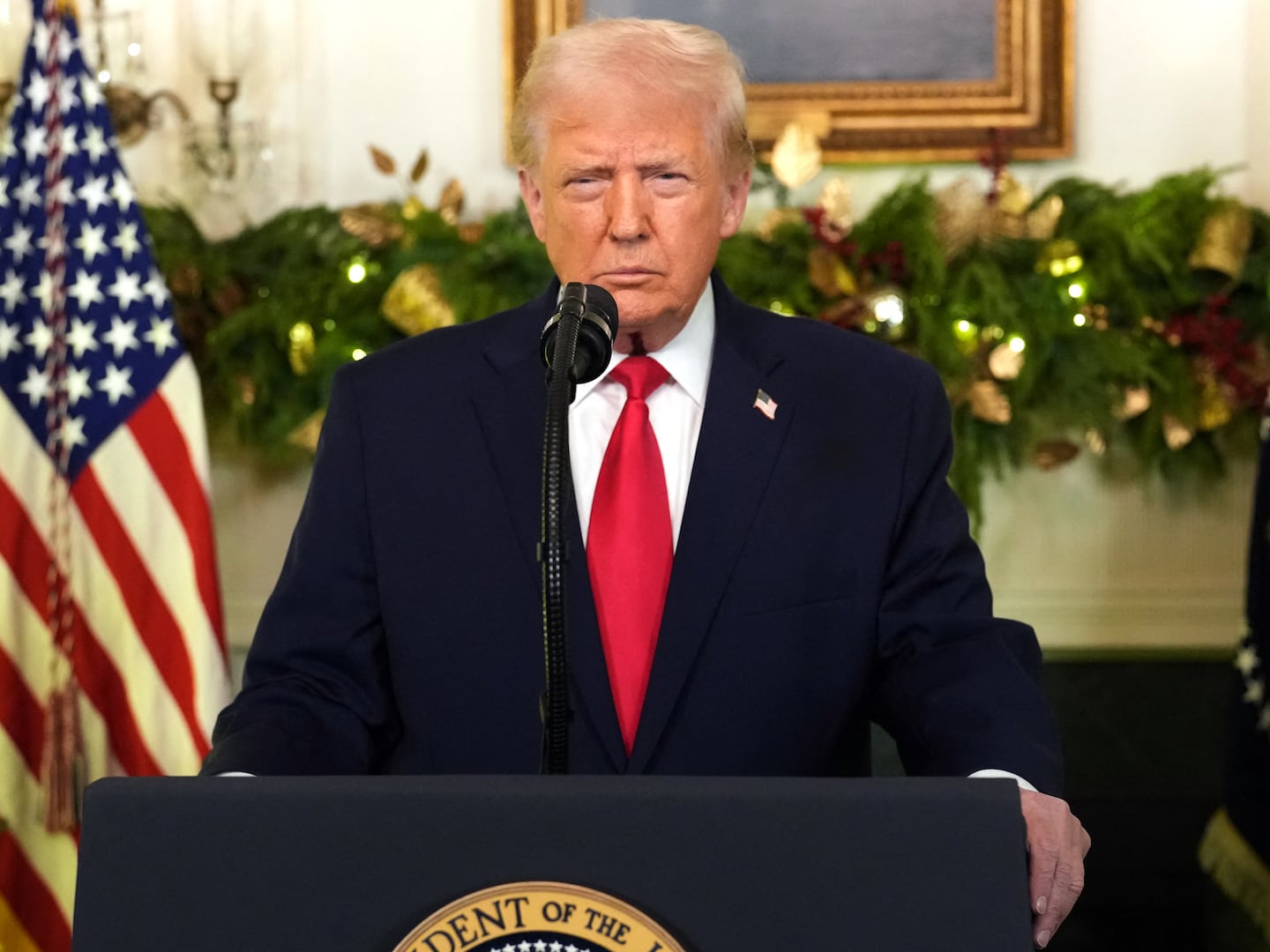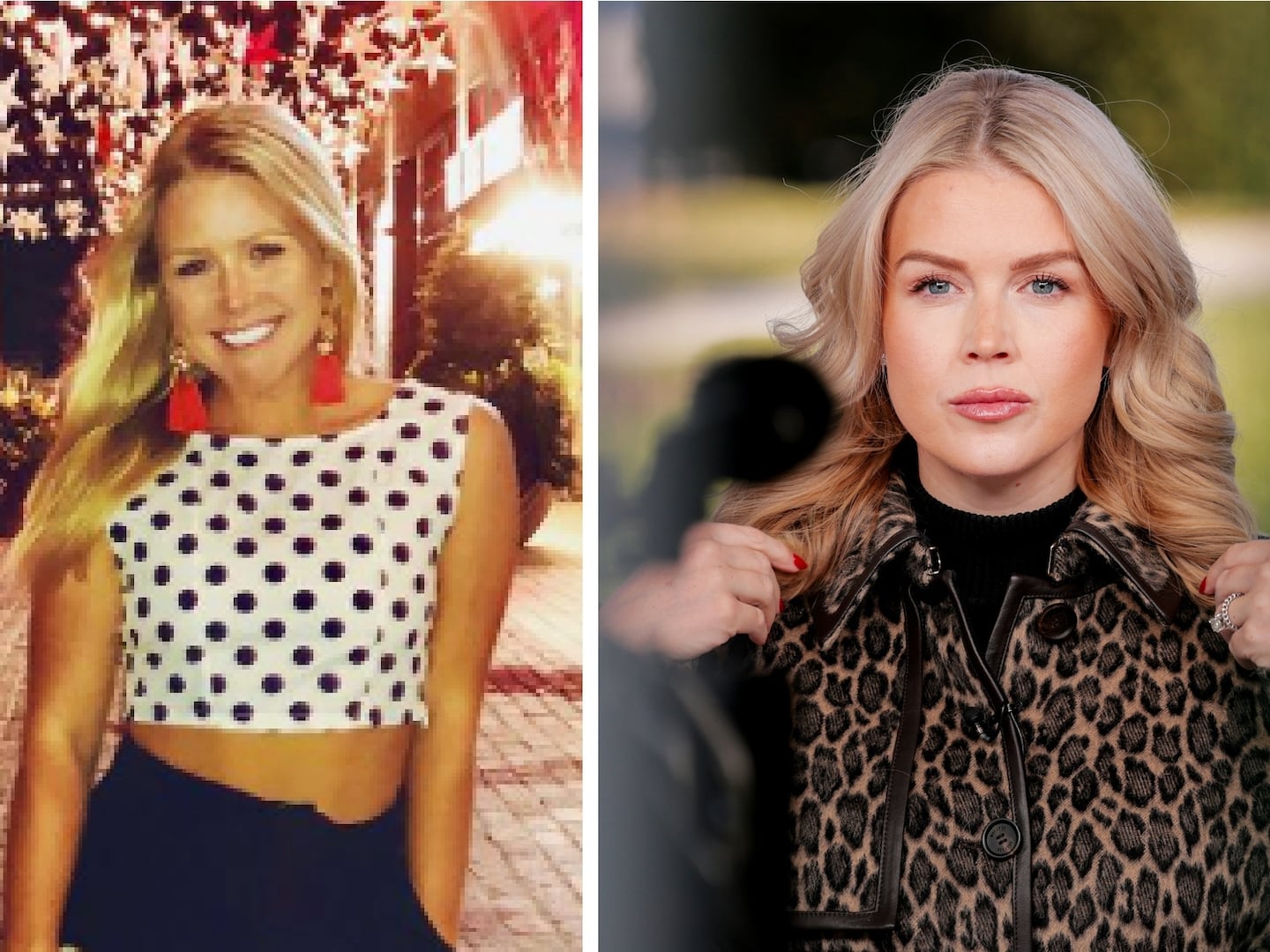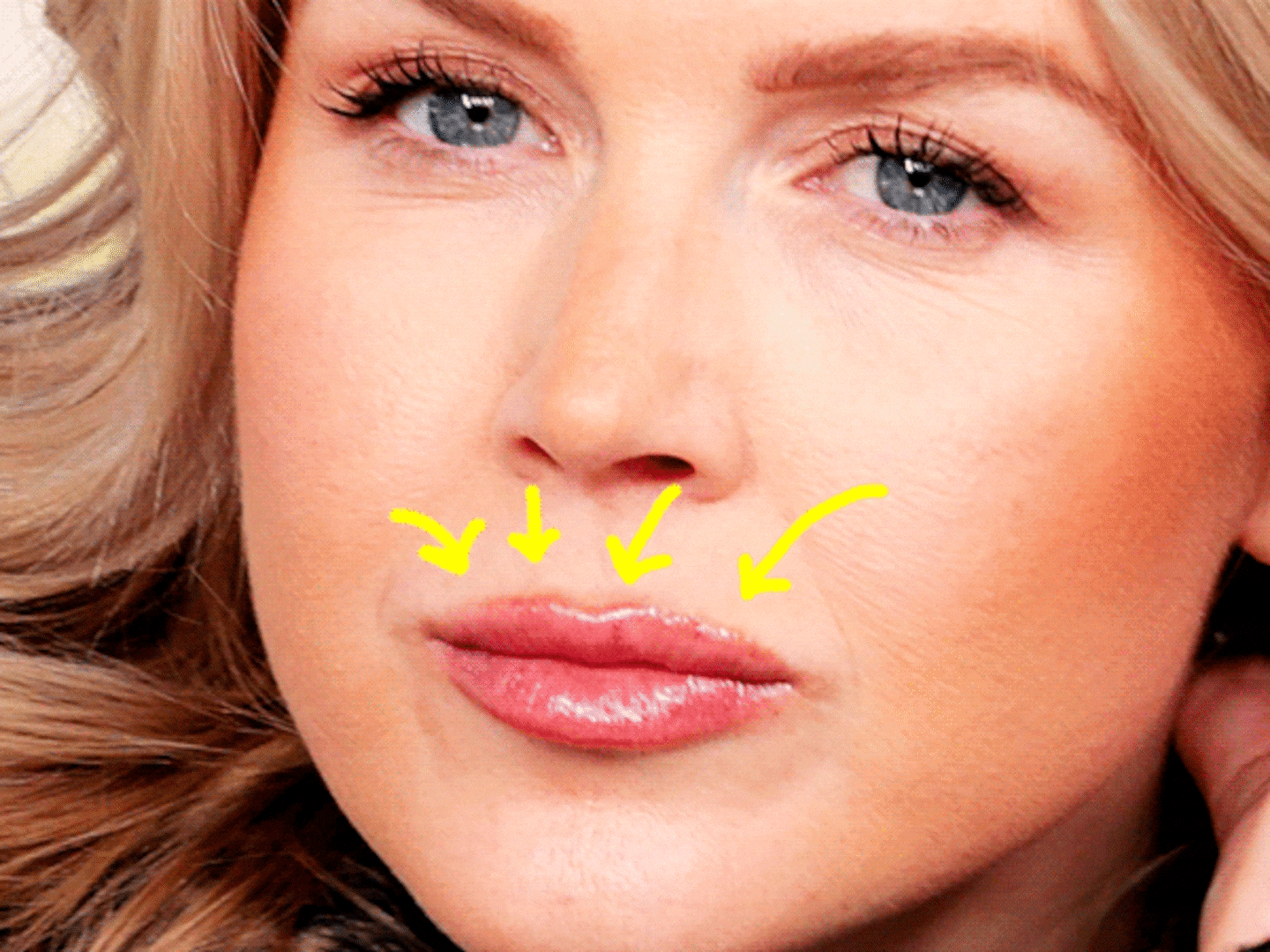
It’s a cliche to say that art changes how we see the world, and it’s most often barely true. The claim really panned out for me, however, with Josephine Meckseper’s new show at the Parrish museum on Long Island. Meckseper takes elements of our commercial culture – a Jeep sign, in this case, as well as a drug store’s mirrored display panel – and reworks them as magpie-shiny sculpture. At the Parrish, her work got me to realize how the museum’s lovely new building has been conveniently sited by a busy road – just like Long Island’s SUV-friendly shops. With the help of Meckseper’s piece, a nearby crushed-car sculpture by John Chamberlain seemed less about modernist form and more deeply embedded in car and commodity culture; it started feeling more like Detroit, circa 1960, than Montmartre, circa 1912. A fabulous early Dan Flavin, made of pristine-pure white fluorescents, had its purity usefully polluted by a neighboring Meckseper that used the same tubes to evoke store fixtures. (Flavin was keen on such mundane connections in his earliest years, then rejected them when he became a famous formalist.) And, overall, Meckseper’s large wall pieces, the size and shape of retail displays, made me notice that all the large-scale abstract canvases of America’s postwar era, of which the Parrish owns quite a few, may have had their roots in how America’s grandest merchants offered up goods in their picture windows. Before Meckseper, I hadn’t thought of Rauschenberg, piling goods onto his “Combines", as working like a window dresser. (Which is how he and Johns made a living in their early days – as his foe Hilton Kramer liked to point out.)
I guess I buy the idea that art, and museums, may function as an antidote to our commodified world – but, like a vaccine, they may only manage that by dosing us with some of its poison.
For a full visual survey of past Daily Pics visit blakegopnik.com/archive.






